New photos have revealed a pair of gigantic white thunderstorms raging in one of Jupiter's large reddish brown belts. The swirling storms, which are likely spewing giant green lightning bolts through the gas giant's cloudy atmosphere, could end up diluting the belt's rusty color, drastically changing the planet's appearance, experts say.
Astrophotographer Michael Karrer captured the stunning new images on Nov. 30 using an 8-inch Celestron telescope from near his home in Austria. The photos show two large white patches sitting side by side in the gas giant's Southern Equatorial Belt (SEB) — an enormous dark band of clouds that spins around Jupiter as it rotates.
"These [white patches] are giant thunderstorms," John Rogers, an astronomer at the British Astronomical Association who specializes in Jupiter, told Spaceweather.com. "The last time we saw storms like this [on Jupiter] was 8 years ago in 2016-17."
The storms likely extend around 60 miles (100 kilometers) below Jupiter's swirling surface and, although their exact widths have not been calculated yet, both storms "are wide enough to swallow Earth with room to spare," according to Spaceweather.com.
Related: 7 solar system worlds where the weather is crazy
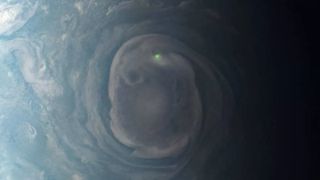
The storms are not large enough to stay intact for long periods, like Jupiter's famous Great Red Spot, and will instead get pulled apart, Rogers explained. As this happens, the thunderstorm’s ghostly hues will mix in with the rest of the SEB’s rusty clouds, "causing the familiar brown belt to fade as its color is diluted by the white storm front," Spaceweather.com reported. If you look closely at the image, you can already see this starting to happen as several thin streams of white trail behind the thunderstorms.
This color-changing has happened before. In fact, the SEB had previously become so diluted by storms that it "disappeared" between 1973 and 1991, and briefly in 2010, according to Astronomy Magazine. However, it's too soon to say whether these new storms will erase the current rust-colored belt.
Thunderstorms on Jupiter are powered by convection, or churning, within clouds similarly to their terrestrial counterparts, and also produce lightning. However, unlike Earth's lightning, which often has a blue hue caused by water vapor, Jovian lightning bolts tend to be green, thanks to atmospheric ammonia, according to NASA.
Jupiter has just passed its closest point to Earth, known as "opposition," making it bright enough to clearly see with the naked eye and a great target for backyard astronomers and photographers like Karrer. The planet reached its closest point to us on Friday (Dec. 6) when Earth is directly between the solar system's largest world and the sun, but will remain clearly visible for the next few weeks.
If you have a decent backyard telescope or a pair of stargazing binoculars then you can get a good look at Jupiter for yourself by searching for it in the Taurus constellation.
.png)
 2 weeks ago
14
2 weeks ago
14
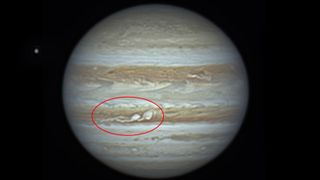

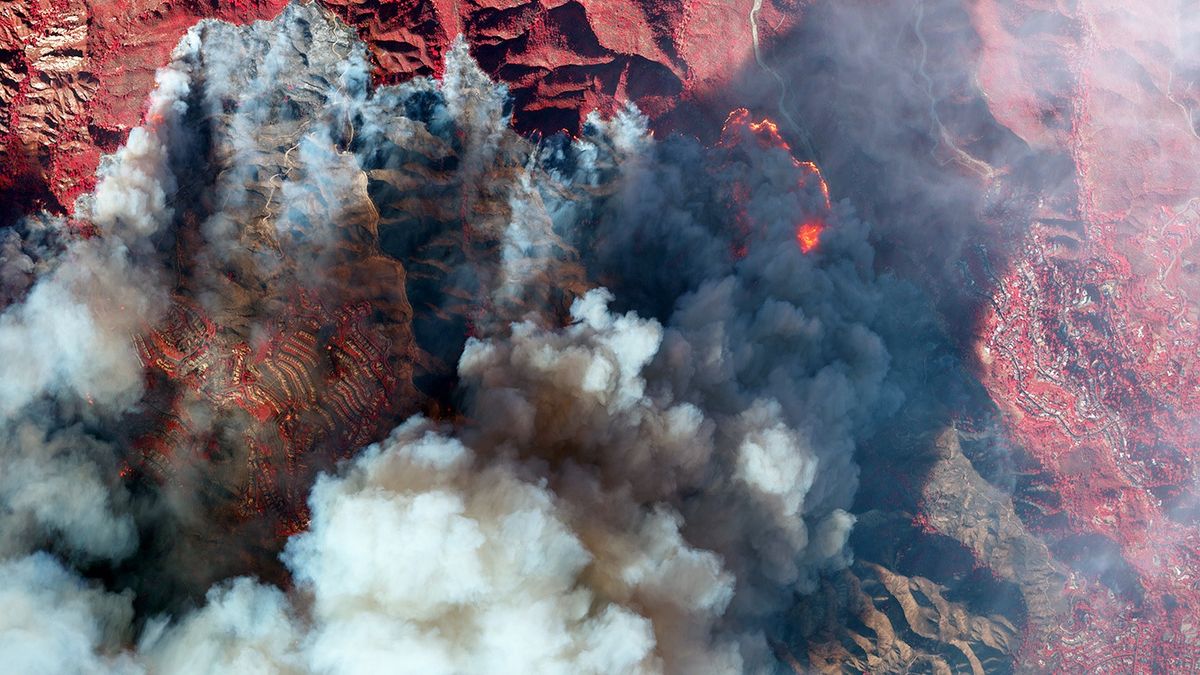

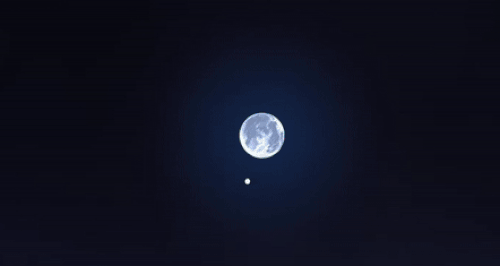



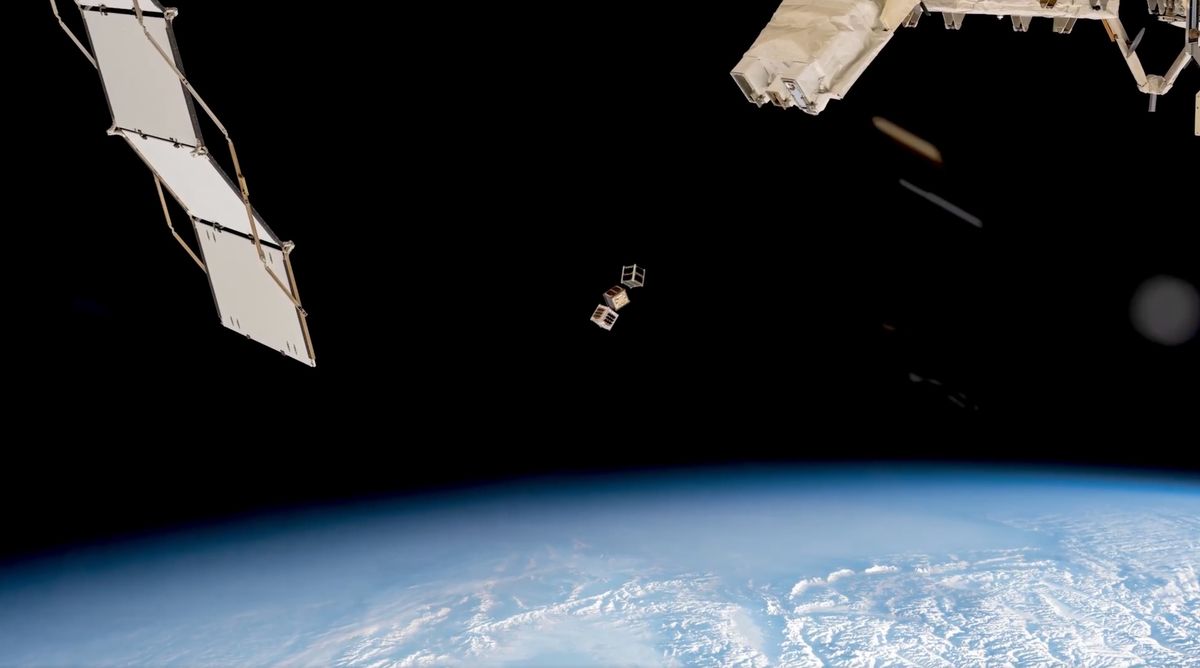
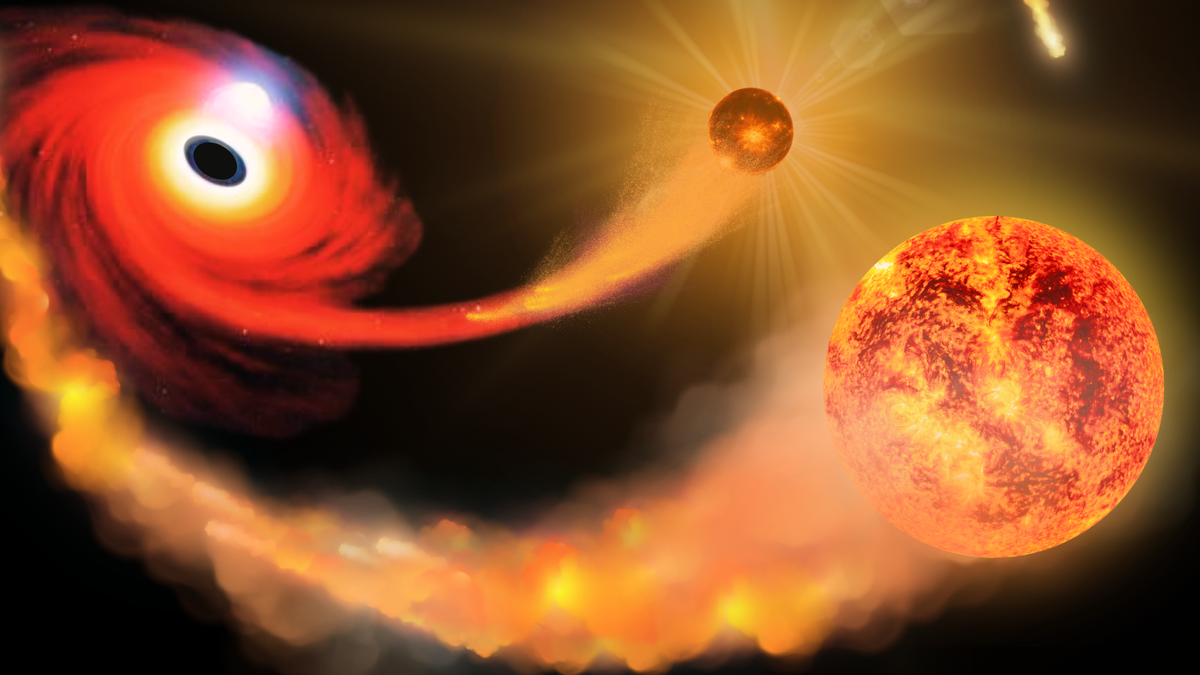


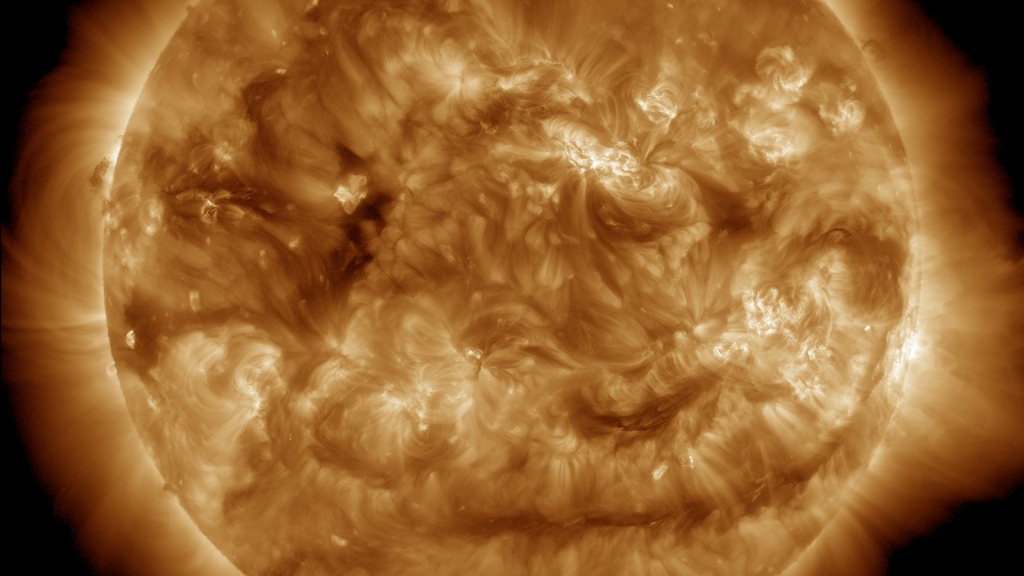






















 Bengali (BD) ·
Bengali (BD) ·  English (US) ·
English (US) ·